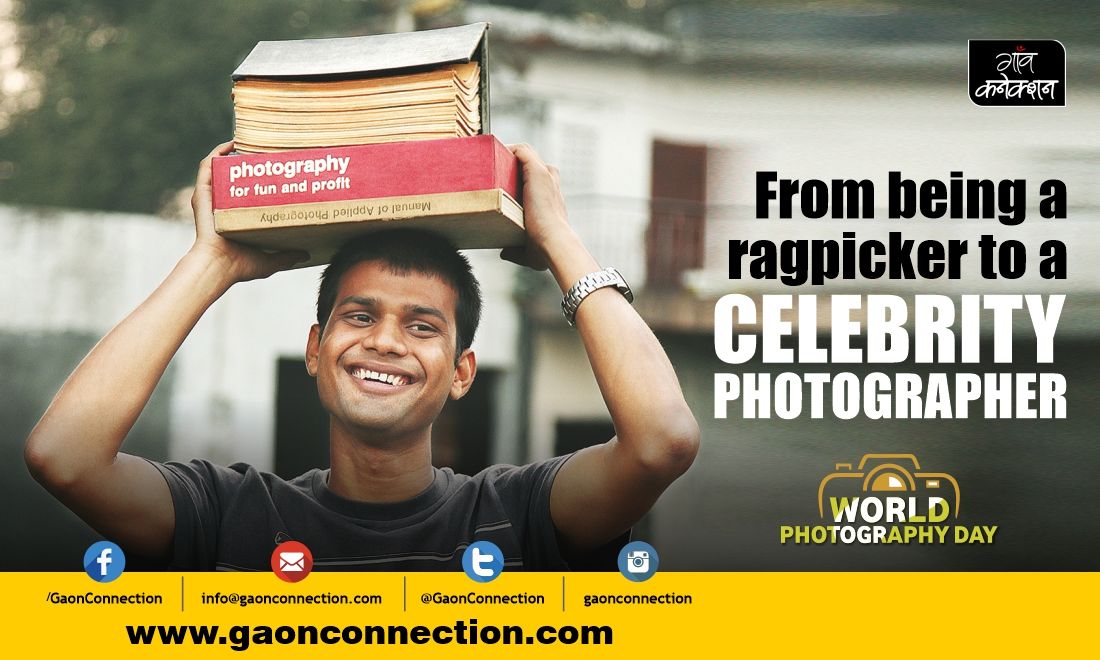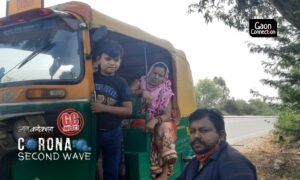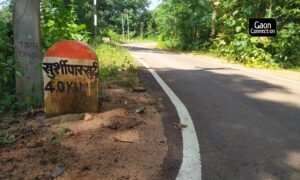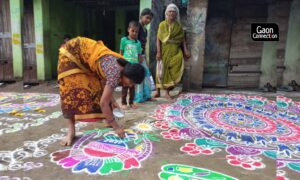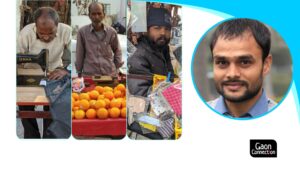Talking to photographer Vicky Roy, 32, is like reliving a 1970s Hindi cinema blockbuster. Born in Purulia, West Bengal in 1987, Roy ran away from his home at the age of 11 and arrived in New Delhi where he worked as a ragpicker at the railway station. His life took many twists and turns after that and a couple of years down the line he is now an acclaimed, globe-trotting photographer.
His many achievements include Forbes India’s 30 under 30, Vogue India’s 40 under 40, a dinner invitation to Buckingham Palace, an invitation to document reconstruction of the World Trade Center through photographs, many photo exhibitions in India and across the globe, an MIT fellowship, many awards and accolades, a photo library and a book, among others.
Roy, who has seven siblings, was born into a poor family. His father was a tailor, who would earn Rs 25 per day. His only dream was that at least one of his children should clear class 10. After tasting success, thanks to many mentors and godfathers who walked into Roy’s life at the right time, his sweetest payback to his family was when he bought a three-bedroom house for his mother on Mother’s Day in 2016.
“What kept me going was the fact that I had absolutely nothing to lose,” said Roy, over the phone from the United States where he is at present for a photography exhibition. Incapable of educating all his children, his parents sent him to his grandparents’ house where a young Roy was reprimanded for every small mistake.
Roy ran away, caught a train and landed in Delhi. He instantly befriended some boys who were at the platform and started working as a ragpicker along with them. A couple of months later, he started working at a restaurant as a waiter. A good Samaritan walked in and his life took a drastic turn.
A ‘sheltered’ life
“After working as a ragpicker for 5-6 months, I started working at a small hotel in Paharganj in Delhi. One day a gentleman named Sanjay Srivastava walked in, who asked me to take shelter in an NGO named Salaam Baalak Trust. Srivastava also worked at the New Delhi railway station and was later rehabilitated by the same NGO,” said Roy.
He was one of the first godfathers who walked into Roy’s life. Many followed, who were instrumental in changing his life.
He added: “I started living at the Trust. They got an affidavit made as I didn’t have any documents and got me admitted to class 6 in a government school in Paharganj. I wasn’t a good student, but I would cheat a lot and always managed to score 80% and above. But in the 10th standard, when I could not cheat, I scored only 48%. It was then that my teachers suggested that I should take up some vocational course like stitching or cooking,” said Roy, who has visited many countries including the US, UK, Singapore, Sri Lanka, Germany, Russia and Bahrain.
The greed to travel made Roy opt for photography. “I remembered that a workshop was organized in the year 2000 at the Trust. Two boys who took up photography got an opportunity to visit Indonesia. That was the only reason why I took up photography then as I thought I would get to travel. They gave me a Rs 499 camera and three rolls a month; a big deal then. I didn’t know if I was a good photographer, but my friends started respecting me as I had a camera. In the 1990s, there was a craze for photography. They would even get me good food and in lieu wanted me to click their pictures!”
He studied photography at Triveni Kala Sangam. When Roy turned 17, he left the Salaam Baalak Trust as one could not live there after the age of 18. The Trust got him an apprenticeship with Delhi-based photographer Anay Mann, who was into portrait photography. “He offered me Rs 3,000 salary, gave me a bike and a cell phone. He worked with high-profile people so we would travel a lot within India and stayed in five-star hotels. He taught me mannerisms and even groomed me, for which he gave me Rs 500 extra,” said Roy, who continued doing odd jobs to pay back a loan he had taken from the Trust to invest in a camera.
In 2007, he held his first solo exhibition titled “Street Dream” at the India Habitat Centre in New Delhi, which was supported by the British High Commission. “That was the turning point of my career. It was attended and appreciated by many big photographers. The exhibition was about the life of boys living on streets, but in reality, through those pictures, I had depicted my life,” said Roy.
This exhibition opened many doors for Roy who in 2008 was selected by the US-based Maybach Foundation to photo document the reconstruction of the World Trade Centre in New York. As part of the programme, he also undertook a course in documentary photography at the International Centre for Photography, New York.
“My sweetest travel memory was when I was invited to have dinner with Prince Edward at the Buckingham Palace. There were so many tourists outside who were clicking pictures of the Palace and there I was inside the Palace!” said Roy, who has organized many exhibitions in India and abroad and has even penned a book titled ‘Home Street Home” in 2013. In 2014, he joined the Massachusetts Institute of Technology (MIT) as a photography fellow.
A photograph can change one’s life
Roy, who has managed to achieve a lot thanks to his photography, is a firm believer that a photograph can indeed change someone’s life. “I remember clicking a picture outside Jama Masjid – that of a family living in an auto-rickshaw going about living their life. I posted it on my Facebook wall. A friend of mine living in the Silicon Valley, Rajeshwari Kannan, loved the photo. She felt the family looked content and at peace despite being so poor. She wasn’t earning much then, but she offered to help them and gave me Rs 40,000. We offered to buy them an E-rickshaw. They refused. Instead, they requested us to buy them a small shop in Rajasthan from where they hailed. I pitched in and offered Rs 10,000 and help them open a shop.”
“Be patient, keep working”
“I have many people to thank. There wasn’t a particular mentor or a particular moment that changed my life. I have faced many difficulties; still do. Everything that came my way was a bonus as I had nothing to lose. I just kept on working,” said Roy when asked if he ever imagined that he would make it this far after running away from home at 11.
Any message for budding photographers on the occasion of World Photography Day? “Everyone is in a tearing hurry. If you want to be a good photographer, you have to be patient and not get frustrated. You have to give it some time.”
When asked what his future plans and aspirations are, Roy said: “Nothing is planned. Wherever life takes me. Things happened and things will keep on happening!”

